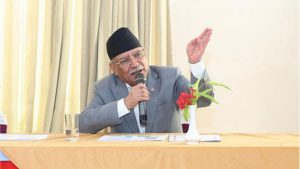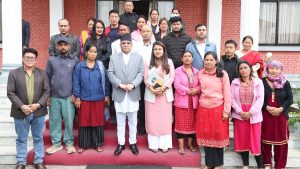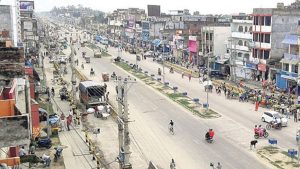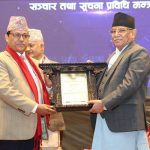
Dengue Threat in Nepal: Urgent Action Needed
As temperatures rise, so does the threat of dengue in Nepal. The Ministry of Health and Population has reported a concerning uptick in cases across the country, with Kathmandu Valley not spared from this alarming trend. Currently, nearly two dozen cases are being reported weekly, but the actual number could be much higher considering the prevalence of asymptomatic cases.
Looking back at recent years, the trajectory of dengue infections is deeply worrying. In 2019, Nepal witnessed over 16,000 reported cases and six fatalities. Shockingly, the figures soared in 2022, with 88 deaths and 54,000 infections. Last year, despite efforts, the toll remained grim with 52,000 infections and 20 lives lost. Hospitals in the capital struggled to accommodate the influx of patients, highlighting the severity of the crisis.
While Nepal grapples with this menace, it’s crucial to draw inspiration from global efforts in combating dengue. Countries like Malaysia and India have implemented innovative approaches, leveraging technology and interdisciplinary expertise to tackle the virus effectively. Malaysia’s eDengue system provides real-time data and mandates case reporting, while India’s Kolkata involves entomologists in containment strategies.
In contrast, Nepal lacks such proactive measures. The absence of comprehensive research and year-round awareness programs exacerbates the problem. Additionally, inadequate budget allocations hinder preventive efforts, with responses often reactive rather than proactive.
Moreover, the impact of climate change on dengue transmission remains underexplored. The elevation distribution of Aedes mosquitoes, carriers of the virus, has been disrupted, posing new challenges. Without a clear understanding of these dynamics, Nepal remains ill-prepared to confront the evolving threat.
Addressing dengue demands a multi-pronged approach. While ad hoc larval control measures are common, they offer temporary relief at best. Collaborating with neighboring countries on research and control initiatives could yield valuable insights and bolster response capabilities.
Crucially, public involvement is indispensable. Awareness campaigns and community engagement are vital in preventing breeding grounds for mosquitoes. Simple yet effective measures like eliminating stagnant water and using repellents can significantly reduce the risk of transmission.
As the dengue season looms, Nepal stands at a critical juncture. Urgent action is imperative to mitigate the threat and safeguard public health. The government, local authorities, and citizens must unite in a concerted effort to combat dengue effectively. Ignoring this looming crisis would be a grave mistake with potentially devastating consequences. It’s time to confront the dengue menace head-on before it exacts an even greater toll on our nation.
- President Paudel Emphasizes Support for Small and Cottage Industries at Trade Fair
- Additional postal service will be gradually phased out: Minister Sharma
- Govt ignoring major opposition’s concern: Chief Whip Lekhak
- Former Finance Minister Emphasizes Need for Stronger Regulation in Cooperative Sector















Comments